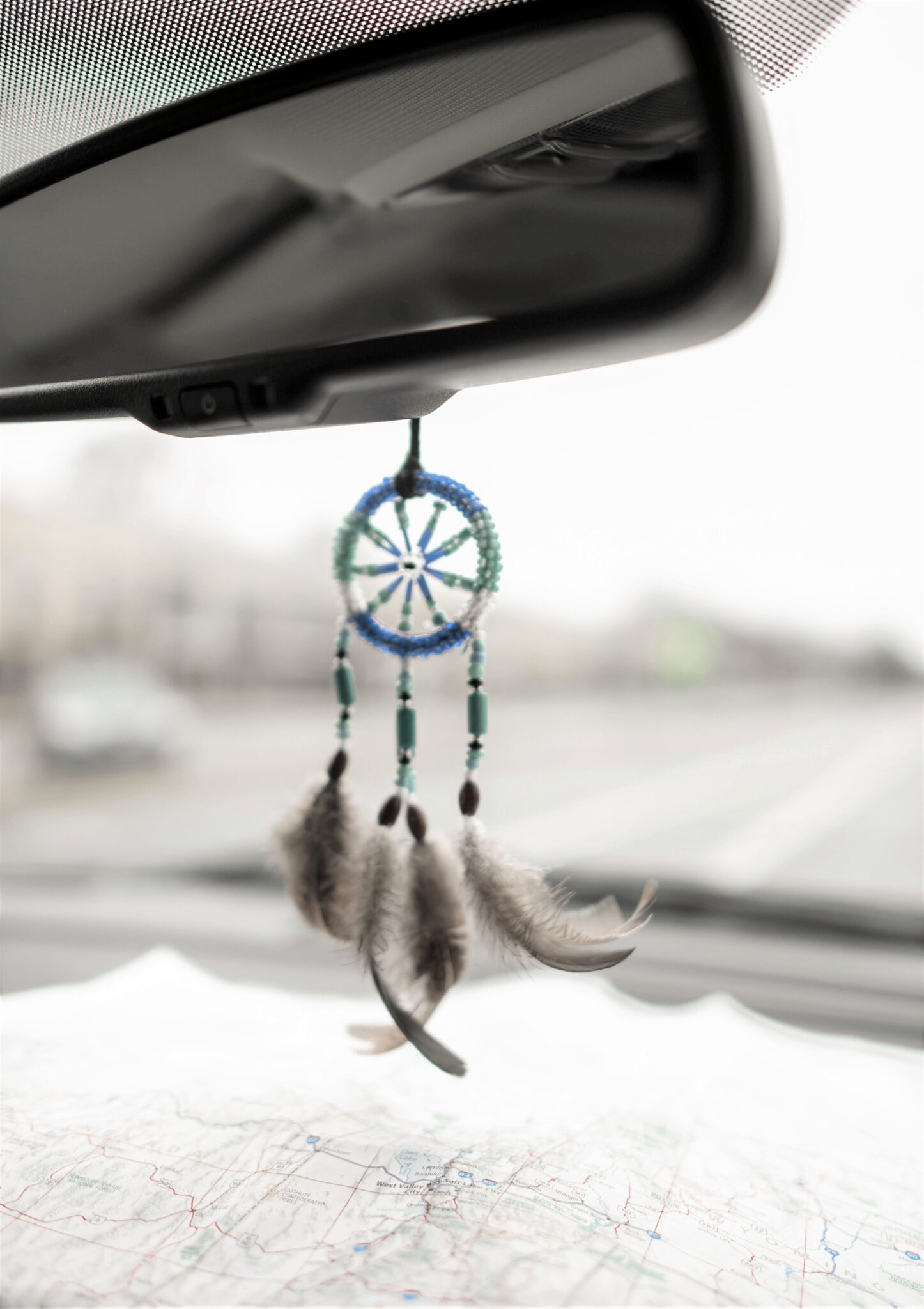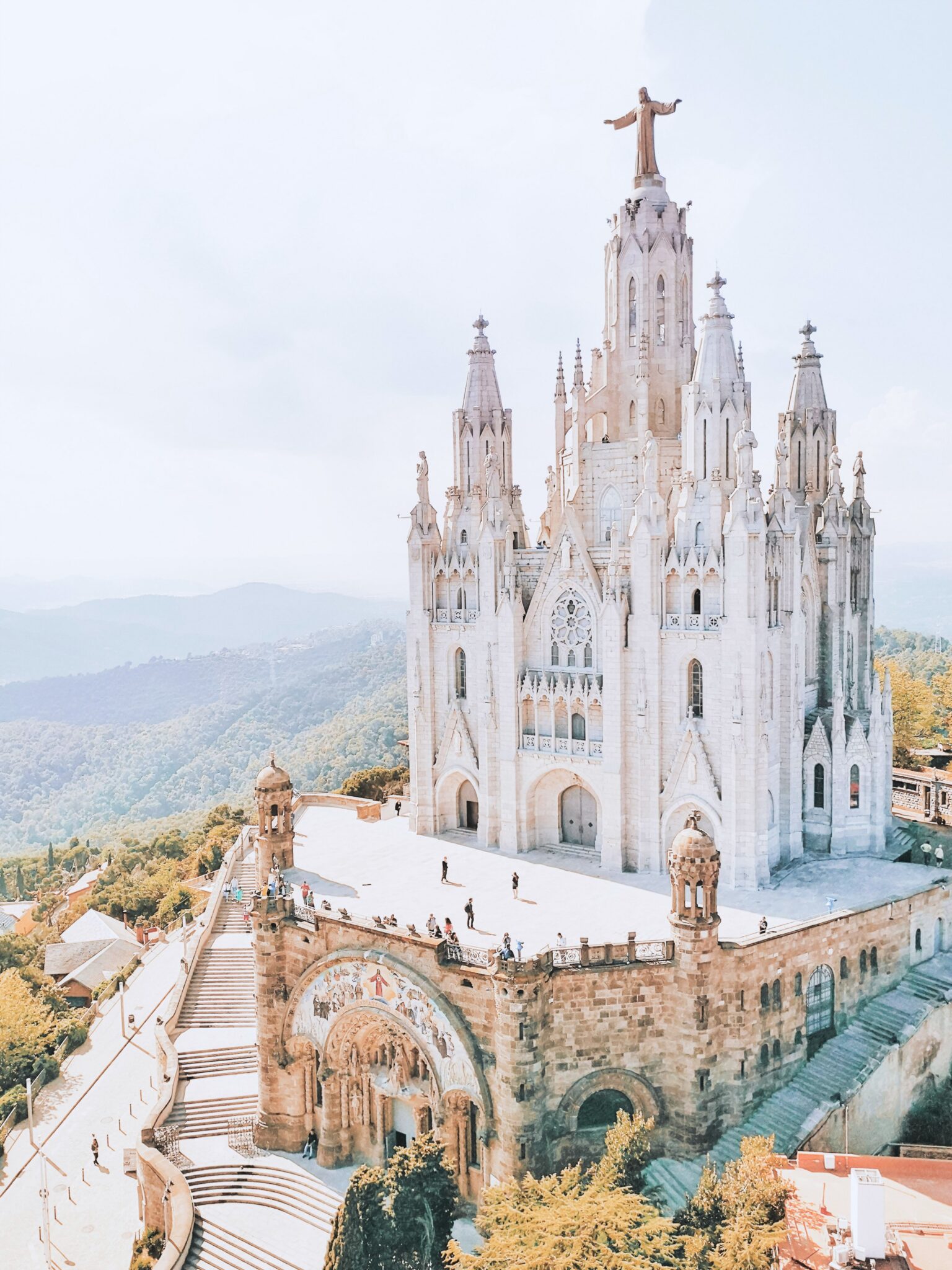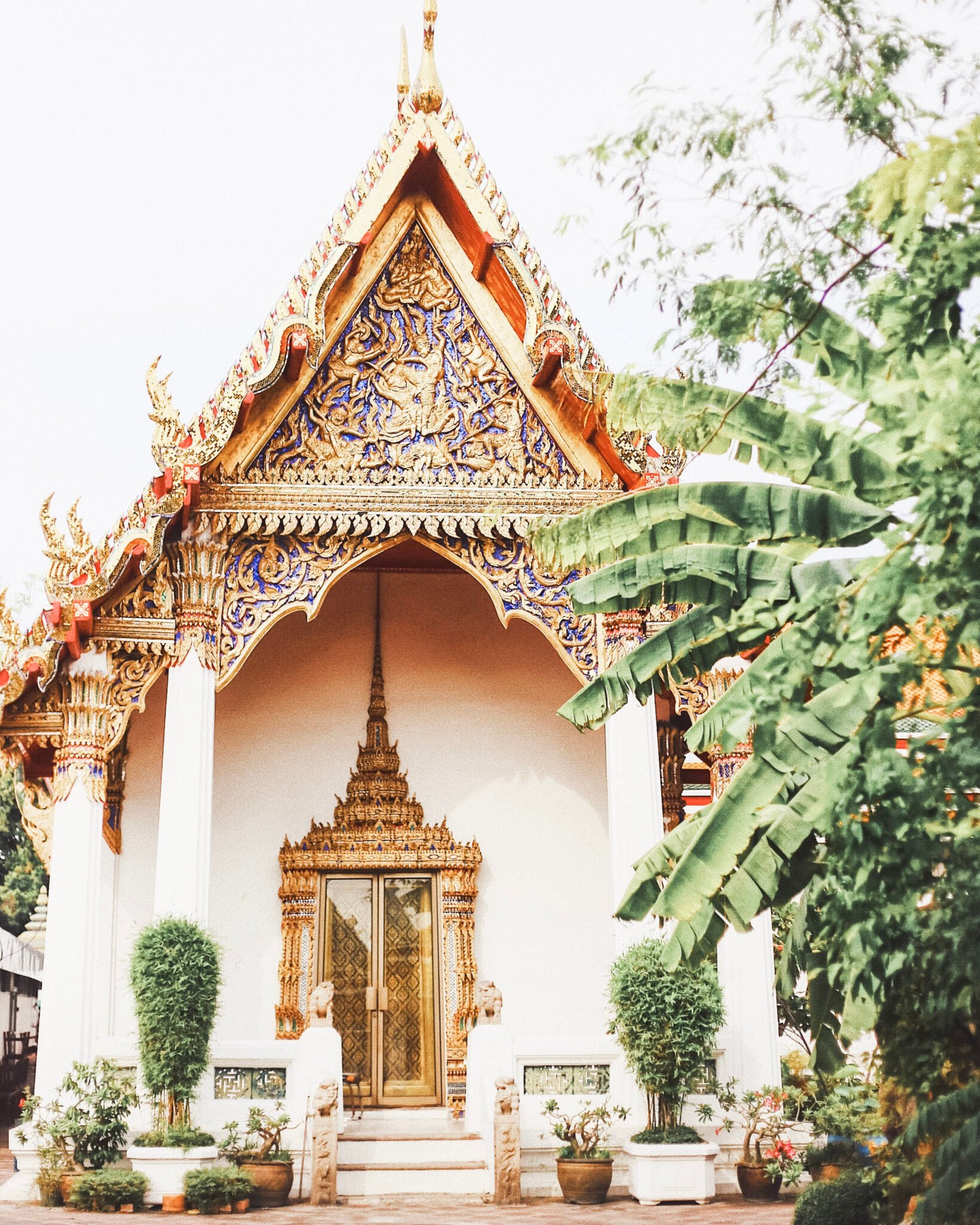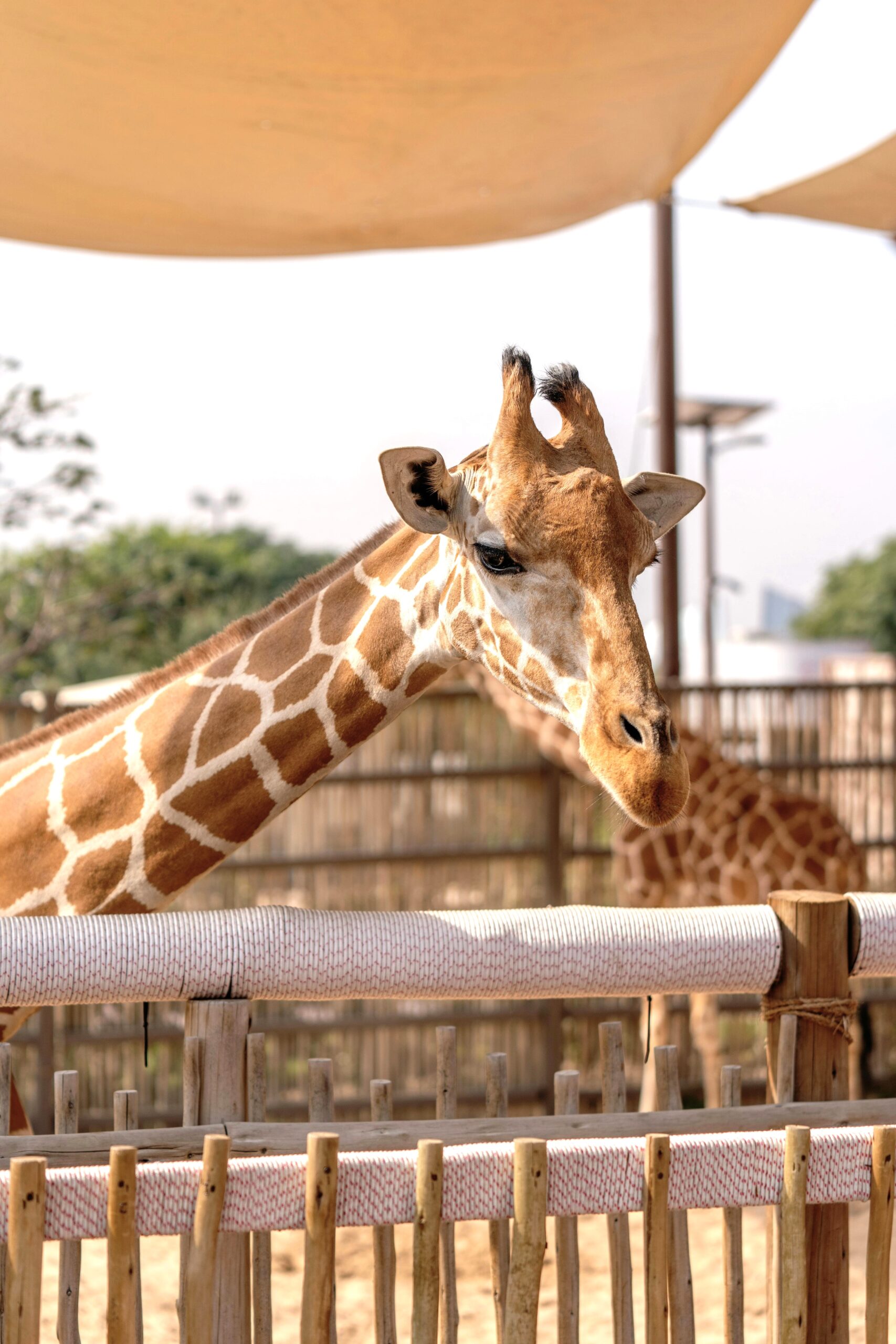45 Interesting Facts About the Regions of France
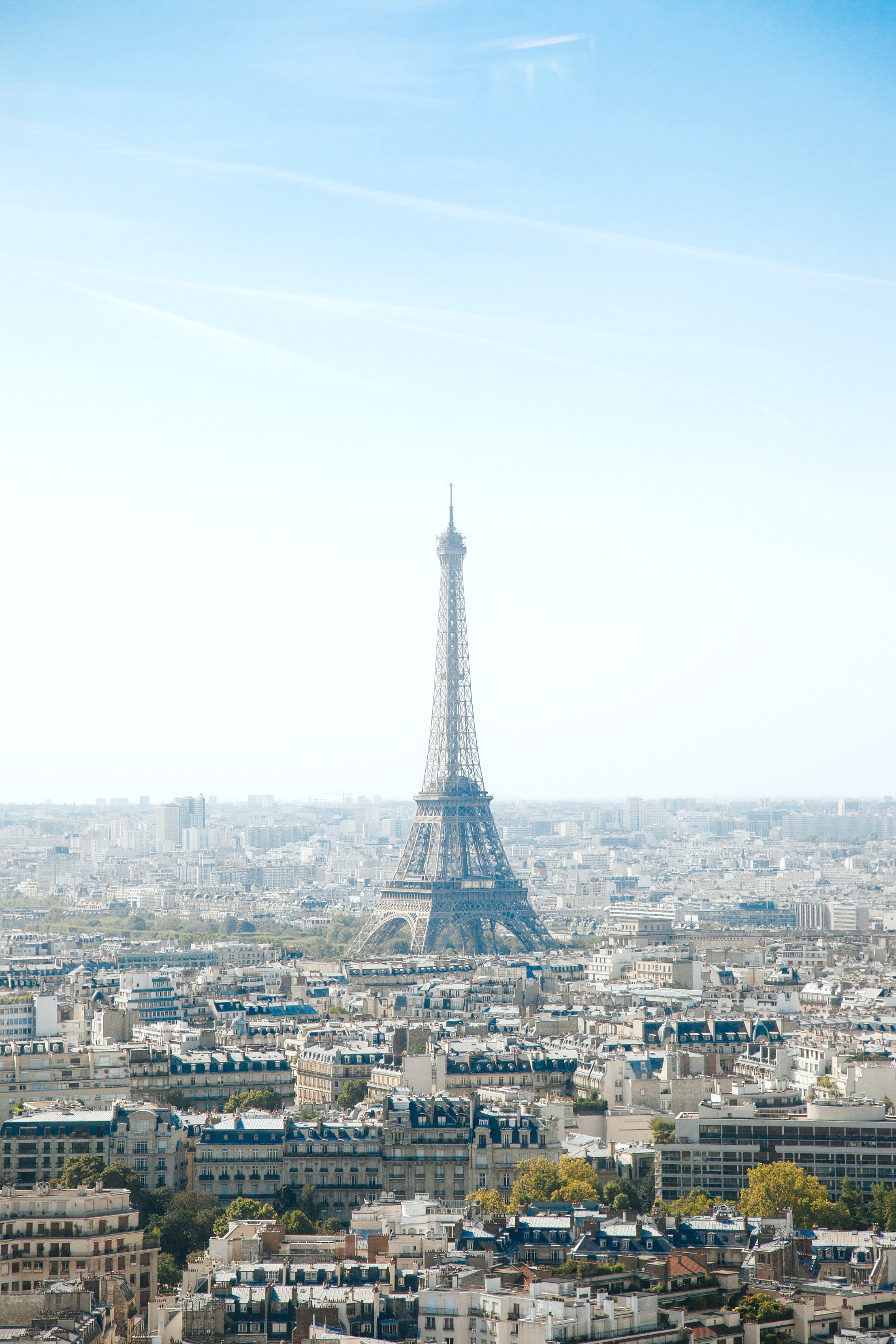
Interesting Facts About the Regions of France
France is the largest country in Europe at around 260,558 square miles. This makes it nearly three times bigger than the UK and only a little smaller than the US state of Texas. In January 2016, the 22 administrative regions of France were consolidated into just 13 regions.
Each region is divided into smaller areas called departments. Each has its own capital city, traditions and cultural identity. France is also one of the most popular holiday destinations in the world.
With such diversity throughout its regions, one is not necessarily like the other.
Here are 45 interesting facts about all of France’s 13 regions.
Brittany
- Brittany’s flag is called the “Gwenn ha Du.” It features black and white stripes which represent the Gallo and Breton areas, and the heraldry symbols are signs of the Duchy of Brittany Drapeau-Breton.
- Brittany is home to a very active Celtic community and is regarded as one of only 6 Celtic nations in the world. The rest are all located in Ireland and England.
- Brittany has a canal system which provides speedy travel to both the sea and inland France.
Burgundy-Franche-Comté
- Charles the Bold was the Duke of Burgundy for 10 years. During his time he kidnapped Louis XI of France and spent the majority of the Duchy’s wealth.
- Dijon, after which the mustard is named, is located in the Burgundy region. It was created by Jean Naigeon in the 1750s by using un-ripened grapes instead of vinegar.
- Burgundy is where the world-famous dishes of boeuf bourguignon and coq au vin originated.
Centre-Val de Loire
- The Central-Val de Loire, also known as the Loire Valley, is not actually in the centre of France. It is north of the centre of the country, just south of Paris.
- The area has any examples of beautiful Renaissance castles and gardens as the kings of the middle ages and Renaissance periods made the region their home.
- The Loire Valley is famous for its wine including Pouilly-Fumé, Touraine, Sancerre and Vouvray.
Corsica
- Despite being located in the Mediterranean Sea between the west coast of Italy and the north coast of Sardinia (an Italian island), Corsica is a French territorial collectivity.
- The island of Corsica was sold to France in 1768.
- Napoleon Bonaparte was inborn in the town of Ajaccio in 1769, just a year after France took ownership. When he was 9 years old, he was sent to military school in the north of France.
Grand Est
- Grand Est is landlocked but actually provides easy access to the North Sea because of the Rhine River.
- The Grand Est region includes some of the world’s most famous winemaking areas including Riesling, Pinot Blanc and Champagne.
- At various points in history, Germany owned the Alsace and Lorraine areas, and as a result, you can still find evidence of German customs and culture.
- The EuroAirport in Saint-Louis is one of only a few multi-national airports in the world, including both Swiss and French customs.
- The stork bird is a symbol of Alsace.
Hauts-de-France
- The Hauts de France region is at the northern end of France and is across the English Channel from England and borders Belgium.
- This region was very important in the First World War, including the famous four and a half months of the Battle of the Somme.
Île-de-France
- Île-de-France is the central-northern area which includes Paris, the capital of France.
- It has the densest population in the country as a high number of immigrants have gravitated to the city of Paris as well as migrants from other areas of France.
Normandy
- Normandy is most famous for the D-Day invasion of World War II on June 6th, 1944 when close to 3 million Allied troops crossed the English Channel and landed in Nazi-occupied France.
- It borders the English Channel, it has 360 miles of coastline.
- Just 13% of the Normandy region is wooded.
- Julius Ceasar invaded and conquered Normandy. 9 Gallic tribes existed there.
- The Cathedral of Notre Dame in Normandy holds the Bayeux Tapestry, a 200-foot long fabric which tells the narrative of the Norman invasion of England which took place in 1066.
- After Paris, Normandy is France’s most popular destination for tourists.
Nouvelle Aquitaine
- Nouvelle Aquitaine is the largest metropolitan region in France covering 32,455 square miles.
- It is in the south-west. It borders Spain at the south, and on the west, the shore meets the Atlantic Ocean.
- The capital of Nouvelle Aquitaine is Bordeaux.
Occitanie
- The Occitanie region produces more wine than any other region in France. It has 549,194 acres of vineyard, which is more than is in all of Australia), which produces 327,360,000 gallons of wine.
- Spain and Andorra border the Occitanie region. It is to the south with the Mediterranean Sea to the southeast.
- The capital of Occitanie in Toulouse.
Pays de la Loire
- The 24 Hours of Le Mans is the world’s oldest endurance racing championship and takes place each June.
- Nantes is the 6th largest city in France, it is the region’s capital. Brittany once called Nantes it’s capital. This was before France reorganized their regions.
- The Pays de la Loire is home to the River Loire, the longest river in France.
Provence-Alpes-Côte d’Azur
- The Coté d’Azur is also called the French Riviera (although they are often believed to be different places) and is one of the most popular regions for France holidays.
- The Provence region has been producing wine for more than 2,000 years, was the home of the country’s first vineyards.
- For instance, approximately 88% of the wines produced here are rosé wines, including the world’s most expensive bottle of rosé wine.
- Provence gets about 2,900 hours of sunlight every year, which makes it a sunnier area than many major US cities.
- The city of Marseille is the second-largest in France (after Paris).
Rhône-Alpes
- The Rhône-Alpes region is well-known for the number and diversity of natural areas including 25 nature reserves and 8 natural parks.
- Rhône-Alpes sits on borders with both Switzerland and Italy.
- However, Rhône-Alpes has hosted 3 Winter Olympics in 1924, 1968 and 1992.
- The region is almost exactly the same size as the country of Denmark and has a larger population.
Plan a Trip
Above all, it doesn’t matter which region of France you go to, you’ll love it. It is one of the most beautiful places in Europe, seriously.
You May Also Like:
- Plan Your Next Sailing Vacation
- 10 Unbelievable Historic Sites You Never Knew Existed in China
- 9 Reasons Why Staying at Couples Resort in Algonquin is EXACTLY What You Need
- Why I Want to Visit Iceland and You Should Too
Now that you know all about its history, and know fun facts about the regions of France, you will appreciate it even more. It is rich in history, culture, cuisine and so much more.
Do you know any unique facts about the regions of France?
Let me know, til then–cheers m’deres!

PIN FOR LATER:
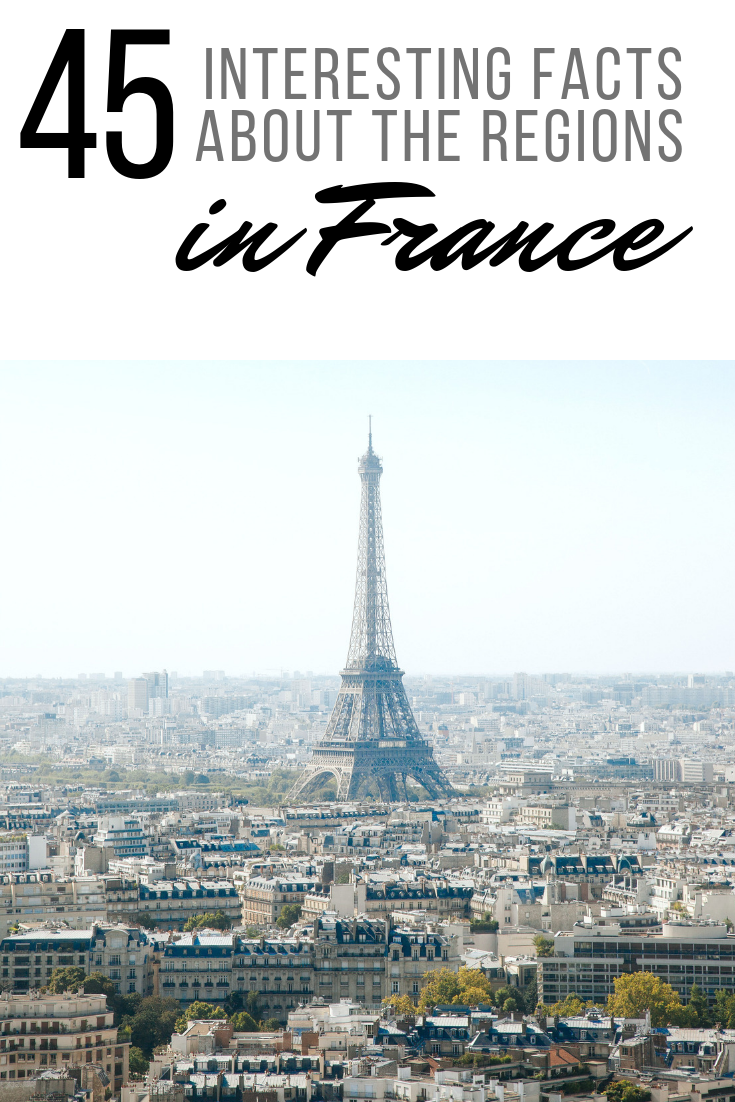

Nancy Polanco is a freelance journalist, lifestyle content creator, and editor of Whispered Inspirations. She is a proud Mom to Gabby and Michaela and partner and best friend to Darasak. Having worked as part of a health care team for almost a decade, Nancy is happy to be back to her passion. She is a contributor to the Huffington Post, TODAY’s Parents, and an Oprah Magazine Brand Ambassador.

